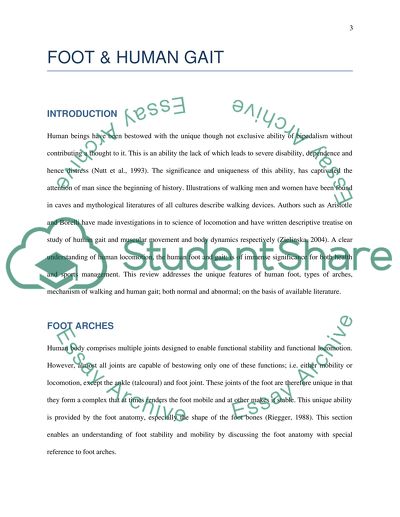Cite this document
(The Unique Features of Human Foot Book Report/Review Example | Topics and Well Written Essays - 4000 words, n.d.)
The Unique Features of Human Foot Book Report/Review Example | Topics and Well Written Essays - 4000 words. https://studentshare.org/health-sciences-medicine/1638732-the-unique-features-of-human-foot
The Unique Features of Human Foot Book Report/Review Example | Topics and Well Written Essays - 4000 words. https://studentshare.org/health-sciences-medicine/1638732-the-unique-features-of-human-foot
(The Unique Features of Human Foot Book Report/Review Example | Topics and Well Written Essays - 4000 Words)
The Unique Features of Human Foot Book Report/Review Example | Topics and Well Written Essays - 4000 Words. https://studentshare.org/health-sciences-medicine/1638732-the-unique-features-of-human-foot.
The Unique Features of Human Foot Book Report/Review Example | Topics and Well Written Essays - 4000 Words. https://studentshare.org/health-sciences-medicine/1638732-the-unique-features-of-human-foot.
“The Unique Features of Human Foot Book Report/Review Example | Topics and Well Written Essays - 4000 Words”. https://studentshare.org/health-sciences-medicine/1638732-the-unique-features-of-human-foot.


